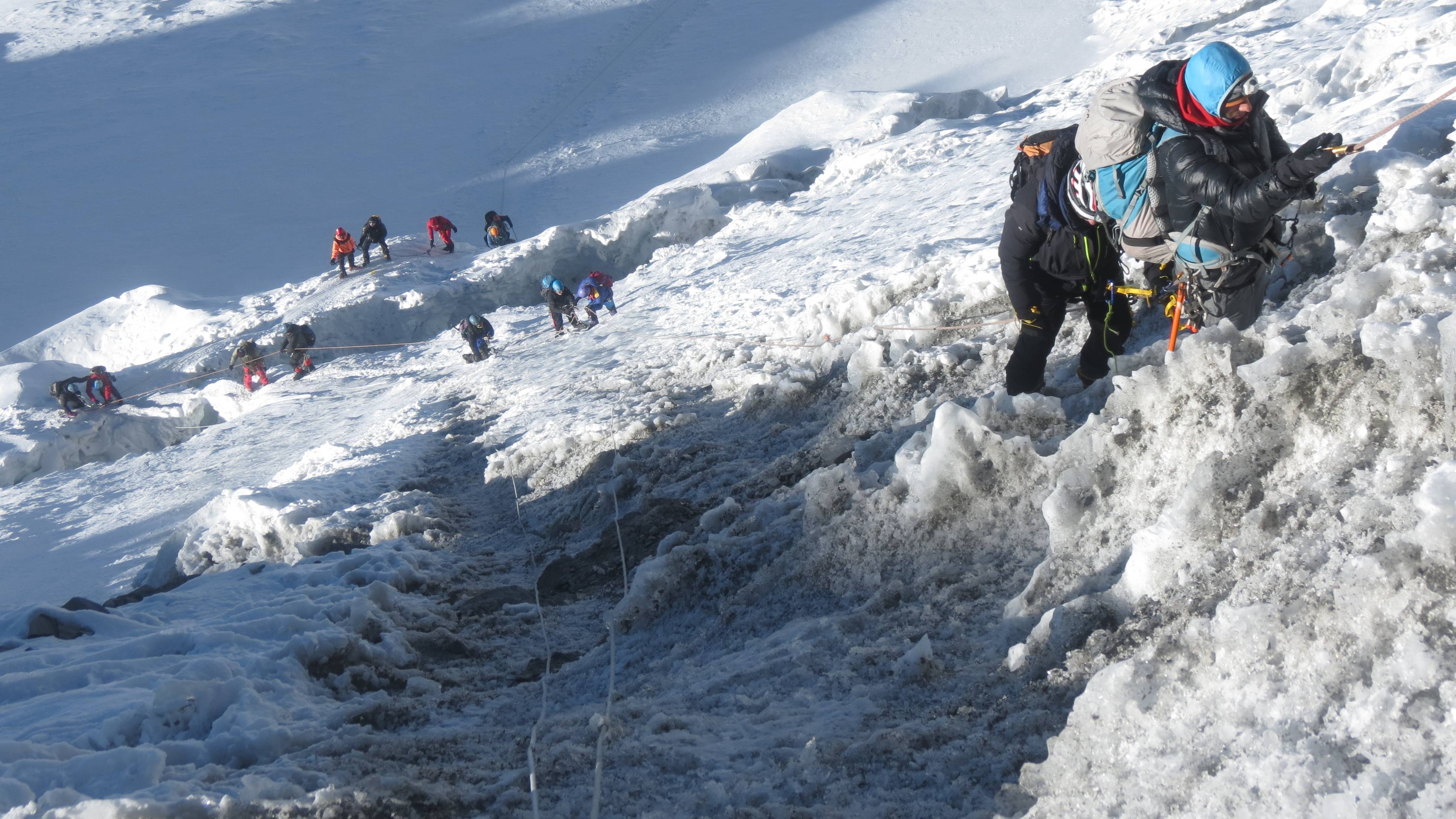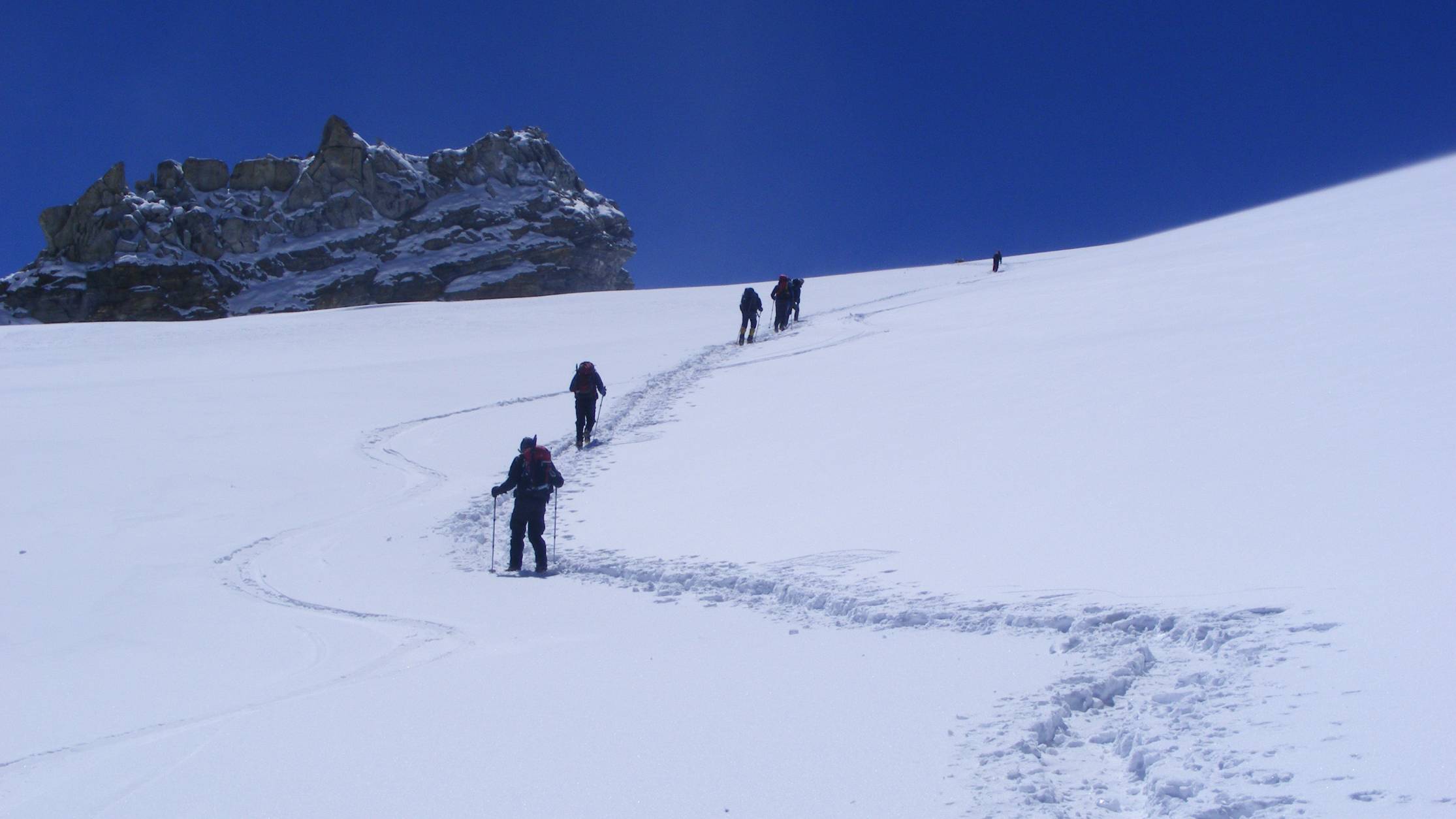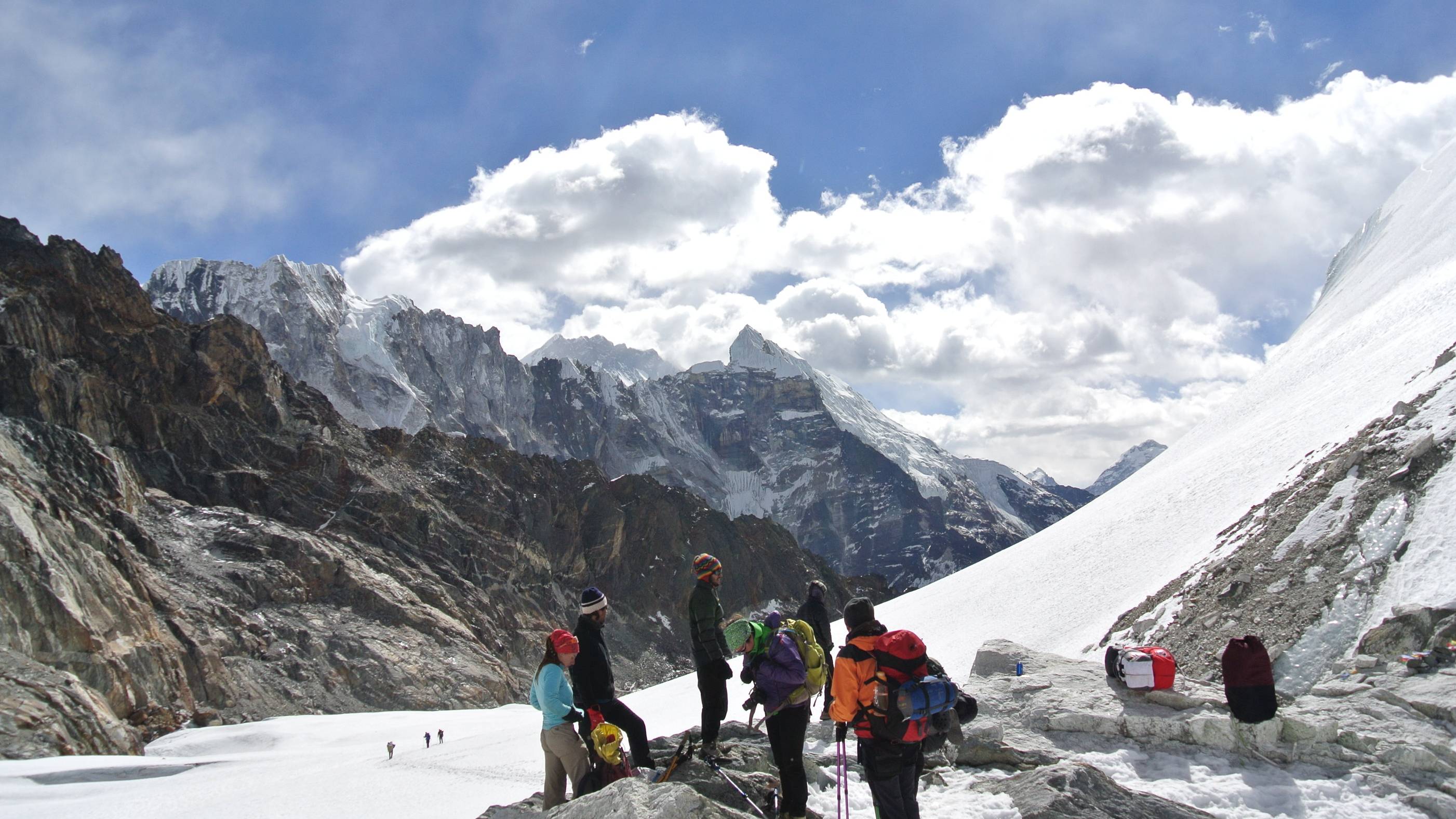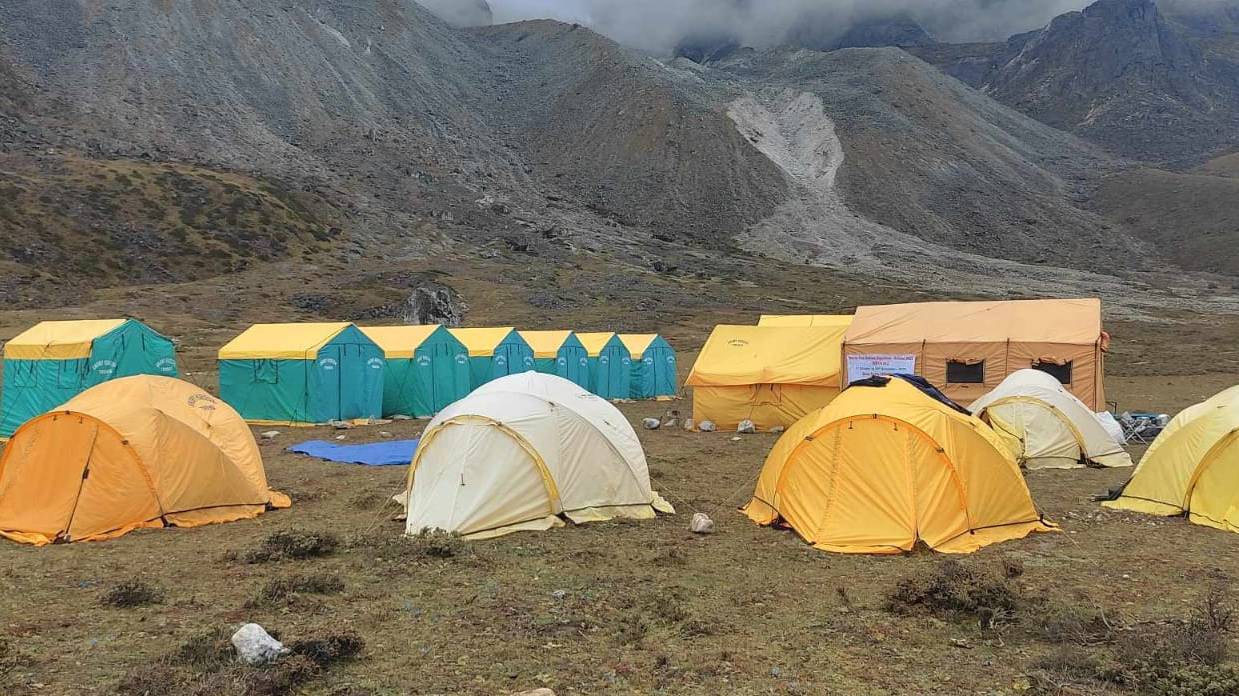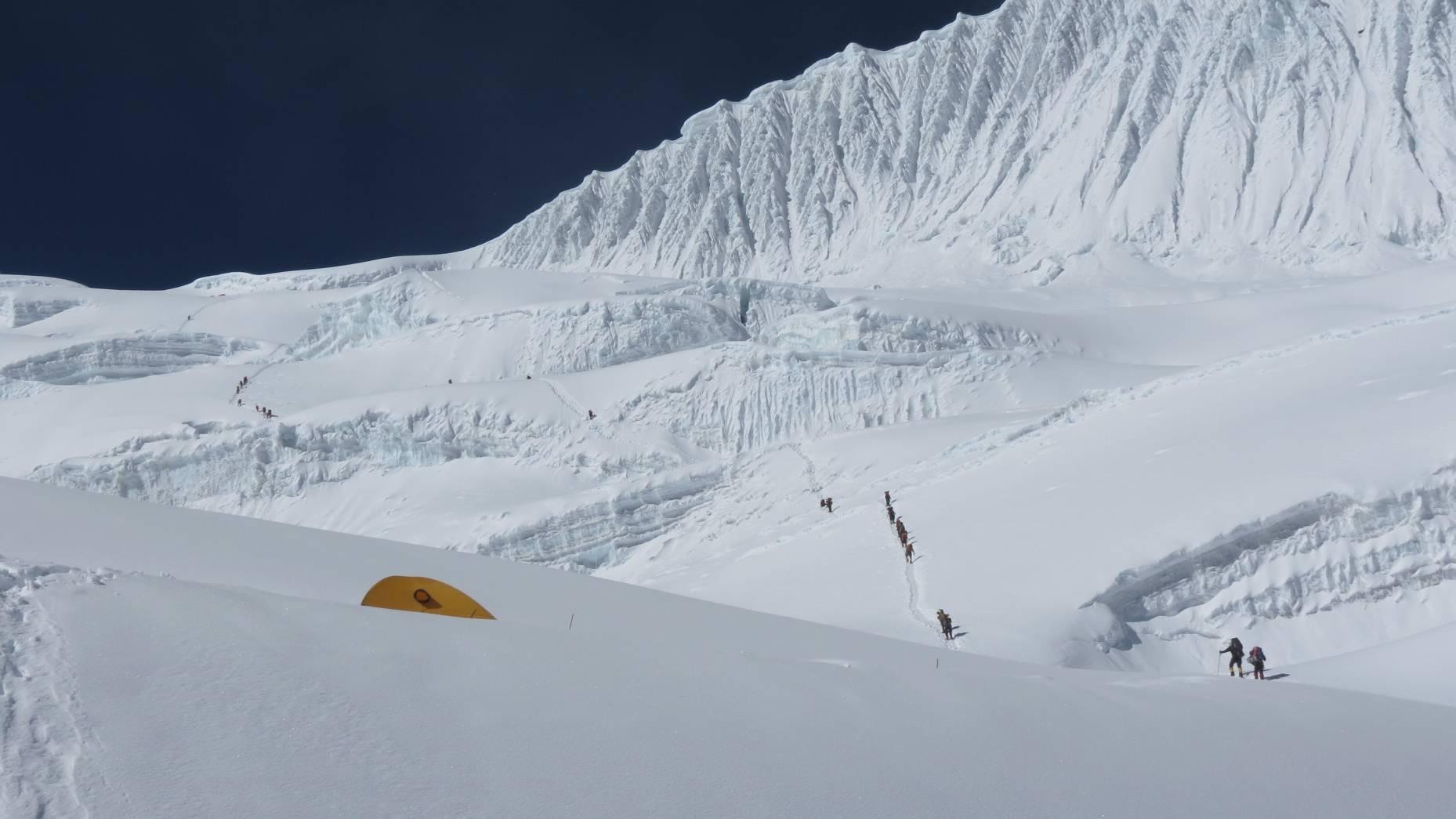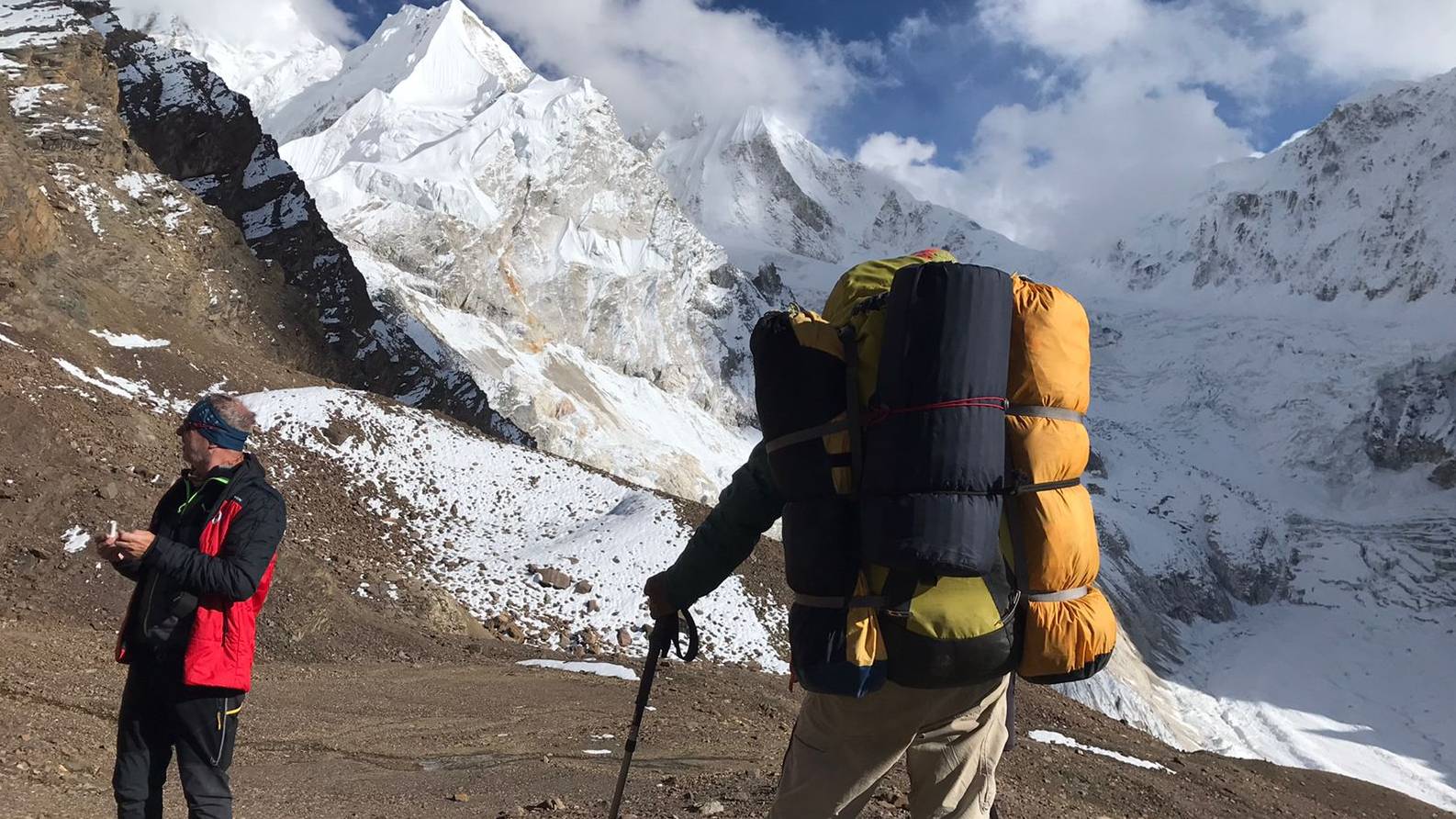The Himalayas offer some of the world's most exhilarating climbing experiences, and Island Peak, Mera Peak, and Lobuche Peak Climbing expeditions are among the most popular options for adventurers seeking high-altitude challenges with breathtaking views. These three climbs cater to varying levels of experience, each offering a unique perspective on Nepal’s majestic landscapes, with sweeping panoramas of the Everest region.
Island Peak Climbing: Perfect for Aspiring Mountaineers
Island Peak, standing at 6,189 meters, is often considered a starting point for mountaineers who want to experience Himalayan climbing at high altitude. Known locally as "Imja Tse," Island Peak is located near the Everest Base Camp trail, making it a popular addition for trekkers seeking a summit experience. Island Peak Climbing requires moderate technical skills, as climbers must navigate glaciers, crevasses, and a steep headwall leading to the summit. The reward, however, is extraordinary, with panoramic views of Everest, Lhotse, and Makalu at the top. Spring and autumn are the ideal seasons for Island Peak Climbing, as these times offer stable weather and clear skies.
Mera Peak Climbing: The Highest Trekking Peak in Nepal
At 6,476 meters, Mera Peak is the highest trekking peak in Nepal, making Mera Peak Climbing a top choice for those seeking both altitude and stunning scenery. Mera Peak offers a less technical route, making it suitable for fit and determined climbers even if they are newer to high-altitude mountaineering. However, the altitude should not be underestimated, and climbers should be well-prepared for the physical challenges involved. The ascent passes through the picturesque Hinku Valley, surrounded by dense forests, remote villages, and pristine landscapes. At the summit, climbers are greeted by jaw-dropping views of five of the world’s highest peaks: Everest, Lhotse, Cho Oyu, Makalu, and Kanchenjunga.
Lobuche Peak Climbing: A Challenging and Rewarding Ascent
Located in the Khumbu region, Lobuche Peak stands at 6,119 meters and offers a more technical climb, perfect for experienced trekkers looking to advance their mountaineering skills. Lobuche Peak Climbing is often done in conjunction with an Everest Base Camp trek, allowing climbers to acclimatize while trekking in the region. The climb itself includes challenging rocky ridges and snow-covered sections, demanding good fitness and some climbing experience. From the summit, climbers are rewarded with sweeping views of the Everest massif, including Nuptse, Ama Dablam, and Pumori.
Together, these climbing expeditions—Island Peak, Mera Peak, and Lobuche Peak—offer diverse experiences that blend the beauty of Nepal’s landscapes with the thrill of Himalayan mountaineering. Each climb brings its own challenges and rewards, making these peaks a dream for climbers eager to explore the Himalayas.
